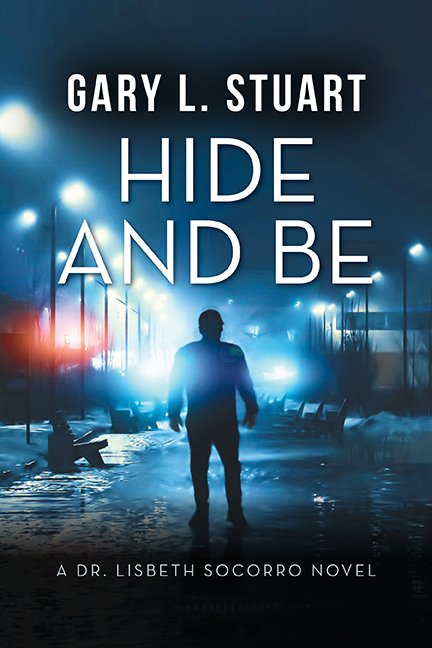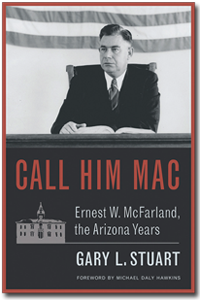When writers blend genres nobody cares. When they blend truth and falsity, some snort. And if they blend the wealth of nonfiction into penniless fiction, they charge double. Blending is the action of mixing or combining things. Think of it as mixing a dash of lemon over a splash of Glynfiddich, layered over Drambuie. One of those will brighten a dull day at the keyboard. Two will ease any writer’s block. More than two will be the death of you.
Now, back to blending fiction and nonfiction. A great writer once said fiction is the future. Nonfiction is the past. You can shape the former any way you wish. The past cannot be created. That is precisely why some of the world’s best writers do it. They blend, mix, match, layer, squeeze, and ooze fictional characters and consequences into, over, around, under the creative arc of fiction by cementing nonfiction cornerstones, stilts, and volcanic cores.
Amy Harmon did it in “What the Wind Knows.”[1] She blended Ireland in 1921 with
Brooklyn 2001. She describes some of her work as fanciful history. Marie Benedict and Victoria Christopher Murray did it in “The Personal Historian.”[2] They mixed racial identity with J. P. Morgan’s personal history. James Michener did it in “Hawaii.”[3] He blended ancient volcanic islands in Hawaii with Polynesian seafarers a thousand years ago with nineteenth century, ancient religions with missionaries, and identity clashes. And in my favorite, Irving Stone did it in “The Origin.”[4] He cautiously warned his readers he would be layering truth over make believe by subtitling his book, “A Biographical Novel of Charles Darwin.”
Indeed, the very thought of mixing fiction and nonfiction, generated its own name—fraction. The word itself is a blending. Technically, it is a fictional account of real events or real people. Both literary nonfiction and the nonfiction novel dramatize real events and real people, but—in theory, at least—stick close to reality. That was a recognized theory back in the Twentieth century, but like the slinky, has lost its oomph and stealthy ways in the Twenty-first century.
One school of writing thought the term—fraction—was too unseemly to warrant recognition as a genre. “The term is problematic because readers want to know which category a book falls into, and “faction” doesn’t provide that. Of course, blending fact and fiction in literature isn’t all that uncommon, and authors often signal to readers very clearly what the book’s leanings are by sorting it out it in the preface, or by choosing a more precise label.”
The ethical norms for this non-genre are unfairness to readers and a deceptive writing style. So, do not fool your reader. Signal your readers so as not to fool them. Use a preface to warn readers you’re blending. And be sure to choose a precise label (like Glynfiddich—18 Year Old).
The fiction v. nonfiction nongenre caused a stir in some literary circles. “Some cultures do not distinguish between fiction and nonfiction – and instead talk of ‘stories’. Is that a barrier to English-language writers and publishers? Or should they just learn to enjoy telling tales?”[5]
The abstract to a learned article in a Dutch learned journal gives us a European view. Their subject was Gender Blending. “Readers often only care about one distinction when it comes to things they read. Is it fiction or nonfiction? Did it happen or didn’t it? Presumably, we make sense of events we believe happened in a different way than we make sense of the ones that we don’t believe. Deconstructionists often warn us about the hazards that occur with the strict binary thinking we tend to orient ourselves with. When this binary is blurred, which it often is in many contemporary works of literature, readers become unsettled.”[6] Tut tut. Don’t leave your readers unsettled. That’s unsettling.
Last, when there’s no one else to blame, we always turn to Truman Capote and his game changer of a book—In Cold Blood. According to a noted critic, “Truman Capote’s novel In Cold Blood focuses on the way Capote used journalism and fiction to try and create a new form of writing . . . First, Capote involves his reader. ‘ his immediacy, this spellbinding ‘you-are-there’ effect, comes less from the sensational facts (which are underplayed) than from the ‘fictive’ techniques Capote employs. Capote takes historical facts and brings in scenes, dialogue, and point of view to help draw the reader in. Capote also took into consideration which parts of information to use by how dramatic of an appeal they had. His talent led him to figure out what would have the most significance and impact to make the story flow for the reader.”[7] Said differently, truth trumps story.
Ethics aside for the moment, readers who love blended true stories and historical novels should read Maya Angelou’s “I Know Why the Caged Bird Sings.”[8] James Baldwin said, “I know Why the Caged Bird Sings liberates the reader into life simply because Maya Angelou confronts her own life with such a moving wonder, such a luminous dignity.”
If you’re that rare writer who can write your own story truthfully, beautifully, and creatively, historical novels are the genre for you.
[1] https://www.amazon.com/What-Wind-Knows-Amy-Harmon-ebook/dp/B07DHMNY7H
[2] https://www.amazon.com/The-Personal-Librarian/dp/B08J8HRWP8/
[3] https://www.amazon.com/Hawaii-James-Michener/dp/0375760377/
[4] https://www.amazon.com/Origin-Biographical-Novel-Charles-Darwin/
[5] https://www.theguardian.com/books/2016/mar/24/fiction-nonfiction-english-literature-culture-writers-other-languages-stories
[6] Sarah E. Worth, Sean McBratnie, “In Defense of Genre Blending.” Athestetic Investigations—Published on behalf of the Dutch Association of Athesetics.
[7] https://www.123helpme.com/essay/Mix-of-Journalism-and-Fiction-in-Truman-6085
[8] https://www.amazon.com/Know-Why-Caged-Bird-Sings/dp/0345514408/

I am an author and a part-time lawyer with a focus on ethics and professional discipline. I teach creative writing and ethics to law students at Arizona State University. Read my bio.
If you have an important story you want told, you can commission me to write it for you. Learn how.






 I am an author and a part-time lawyer with a focus on ethics and professional discipline. I teach creative writing and ethics to law students at Arizona State University.
I am an author and a part-time lawyer with a focus on ethics and professional discipline. I teach creative writing and ethics to law students at Arizona State University.  My latest novel is Hide & Be.
My latest novel is Hide & Be.  If you have an important story you want told, you can commission me to write it for you.
If you have an important story you want told, you can commission me to write it for you.